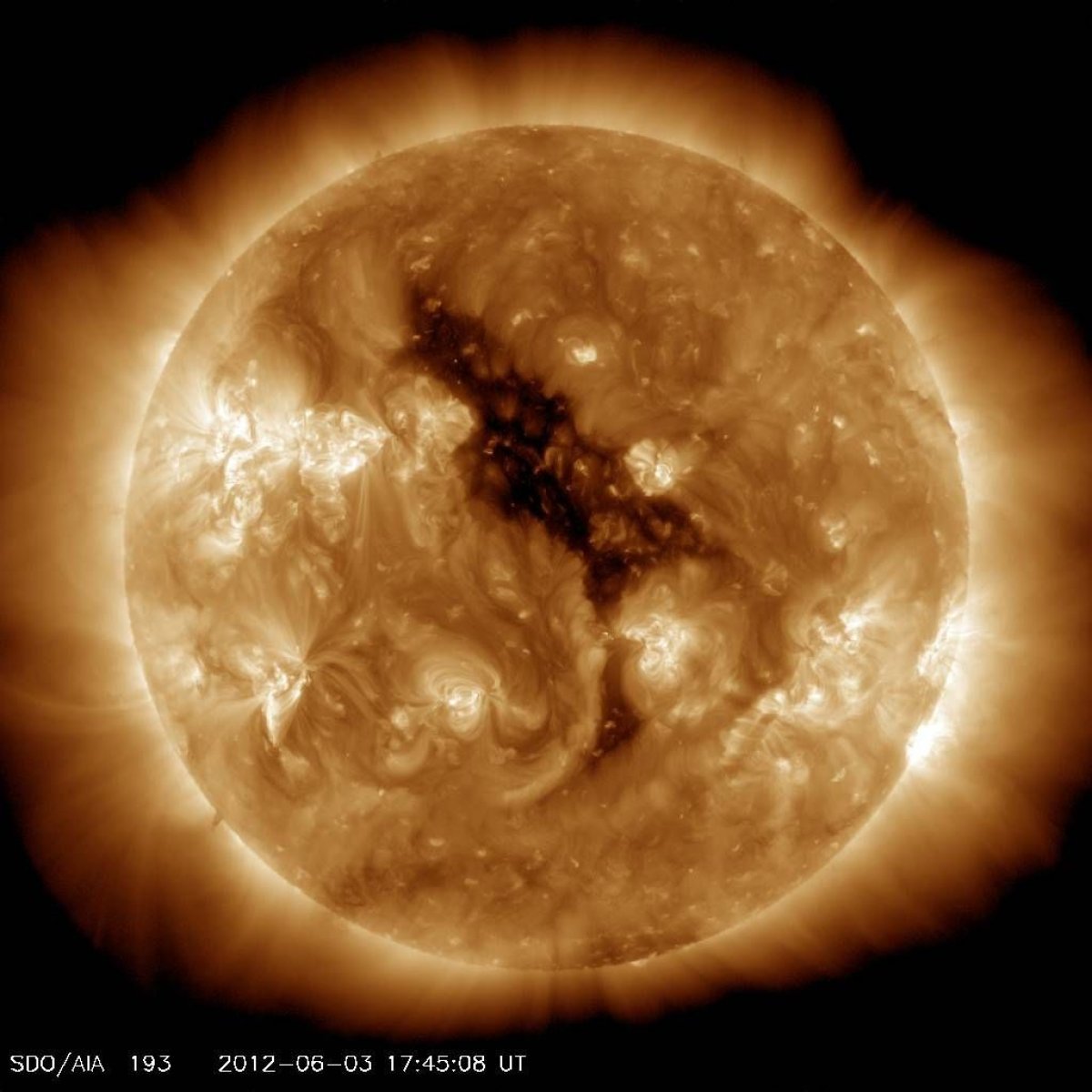At 2:19 a.m. ET, Earth was closer to the sun than it will be at any other point in 2019. It made its close approach at a distance of about 91.4 million miles—that's about 3 million miles nearer than when it was at its farthest point.
The point at which the sun is closest to Earth is known as the perihelion. It happens every January as Earth travels on its orbital course around the sun. The point when it is farthest away—also known as the aphelion—takes place every July.
Read more: Super blood moon is coming—total solar eclipse and supermoon converging explained
The reason for the perihelion and aphelion is because Earth's orbit is not a circle. Instead, it is stretched out into an ellipse.
Talking about the current perihelion, Daniel Brown, an astronomer at Nottingham Trent University in the U.K., jokingly called the event a "super sun." This was a reference to the use of the term "supermoon," which is regularly used to describe the moon at perihelion.
It's here!
— Daniel Brown (@AstroDanNTU) January 3, 2019
This year's SUPER SUN. 😮😮
When it rises it will be appear the biggest this year. 4% larger than in July...
See if you notice it😎...No?
Well so much for the SUPER moon stuff then as well... 😉
Happy perihelion@SophiaCentre@fraumichel1 @FSilva_Archaeo pic.twitter.com/qaxUYgUxFF
Bob Henson, a meteorologist writing for Weather Underground, notes that the date of Earth's close approach to the sun ranges between January 2 and 5, while the aphelion ranges from July 3 to 6. "In addition, these date ranges of perihelion and aphelion are also sliding forward on the calendar ever so gradually—less than two days per century—as Earth's tilt itself undergoes a slow-motion wobble," he wrote. "In 13,000 years, perihelion will be arriving in July and aphelion in January."
At the moment, the sun is entering a period of quiet, known as the solar minimum. This is part of an 11-year cycle when the presence of sunspots—huge dark patches that appear on the surface of the Sun—wax and wane. The solar minimum is when sunspots largely fade away. The solar minimum is expected to peak over 2019 and 2020, before reaching a solar maximum around 2024.
In 2017, Dean Pesnell of NASA's Goddard Space Flight Center, noted that the solar minimum "can see the development of long-lived coronal holes. We see these holes throughout the solar cycle, but during solar minimum, they can last for a long time— six months or more." Coronal holes are regions where the Sun's magnetic field opens, allowing solar particles to escape as a fast solar wind.
Another change that takes place during the solar minimum is a reduction of ultraviolet radiation Earth receives from the sun. This can affect satellites in low Earth orbit as it causes the upper atmosphere to cool, creating a reduction in friction—or "drag."
"Drag is a good thing, for space junk, natural and man-made particles floating in orbit around Earth," NASA said. "Drag helps keep low Earth orbit clear of debris… Without a normal amount of drag, space junk tends to hang around."
Another change is that during solar minimum, the number of cosmic rays reaching Earth increases. Cosmic rays are high-energy particles produced by extreme events like supernovas. They travel through the solar system and bombard Earth. "During solar minimum, the sun's magnetic field weakens and provides less shielding from these cosmic rays. This can pose an increased threat to astronauts traveling through space," Pesnell said.

Uncommon Knowledge
Newsweek is committed to challenging conventional wisdom and finding connections in the search for common ground.
Newsweek is committed to challenging conventional wisdom and finding connections in the search for common ground.
About the writer
Hannah Osborne is Nesweek's Science Editor, based in London, UK. Hannah joined Newsweek in 2017 from IBTimes UK. She is ... Read more
To read how Newsweek uses AI as a newsroom tool, Click here.








